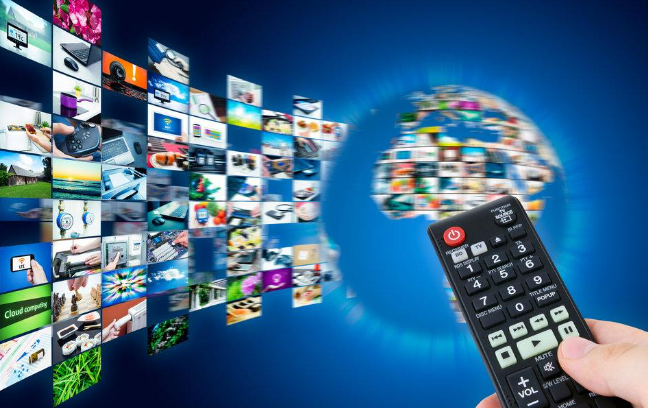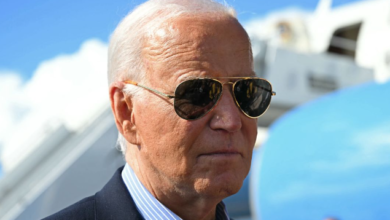Is This the Final Chapter for Cable TV?

The landscape of television entertainment is undergoing a seismic shift, leading many to question whether cable TV is nearing its end. With the rise of streaming services, changes in consumer behavior, and evolving technologies, traditional cable TV faces significant challenges that could signal the final chapter for this once-dominant medium.
Decline in Cable Subscriptions
- Cord-Cutting Trend: The trend of cord-cutting has been accelerating, with millions of households opting to cancel their cable subscriptions in favor of streaming services. This shift is driven by the desire for more flexible, cost-effective, and on-demand viewing options.
- Rising Costs: Cable TV has become increasingly expensive, with rising subscription fees and additional costs for premium channels and equipment rentals. Consumers are finding more value in the lower-cost, high-quality content available through streaming platforms.
Rise of Streaming Services
- Diverse Content: Streaming services like Netflix, Hulu, Amazon Prime Video, and Disney+ offer a vast array of content, from original series and movies to classic TV shows and live sports. This diverse and constantly updated library is a significant draw for viewers.
- On-Demand Viewing: The convenience of on-demand viewing allows consumers to watch their favorite shows and movies whenever they want, without being tied to a broadcast schedule. This flexibility is a key advantage over traditional cable TV.
- Technological Advancements: Smart TVs, streaming devices, and high-speed internet have made it easier than ever for consumers to access streaming services. The integration of streaming apps into smart TVs and gaming consoles has streamlined the viewing experience.
Impact on Cable Networks
- Revenue Decline: As more viewers migrate to streaming services, cable networks are experiencing a decline in subscription and advertising revenue. This financial pressure is forcing some networks to adapt by launching their own streaming platforms or partnering with existing ones.
- Content Licensing: Cable networks are increasingly licensing their content to streaming services to reach a broader audience. This strategy helps mitigate revenue losses but also shifts viewership away from traditional cable.
Industry Adaptations
- Hybrid Models: Some cable providers are adopting hybrid models that combine traditional cable with streaming options. These offerings aim to retain customers by providing a comprehensive entertainment package that includes both linear TV and streaming content.
- Focus on Niche Markets: To survive, some cable networks are focusing on niche markets and specialized content that can attract a dedicated audience. This strategy includes producing high-quality original content and targeting specific demographics.
- Streaming Ventures: Major cable networks and providers are investing in their own streaming services. Examples include NBCUniversal’s Peacock, WarnerMedia’s HBO Max, and Paramount’s Paramount+. These platforms aim to compete directly with established streaming giants.
While cable TV is unlikely to disappear overnight, its dominance is clearly waning. The shift towards streaming is a profound change in the way people consume media, driven by the demand for convenience, affordability, and a wide range of content options. The future of cable TV will likely involve a combination of traditional and digital offerings, as the industry continues to evolve in response to changing consumer preferences.





